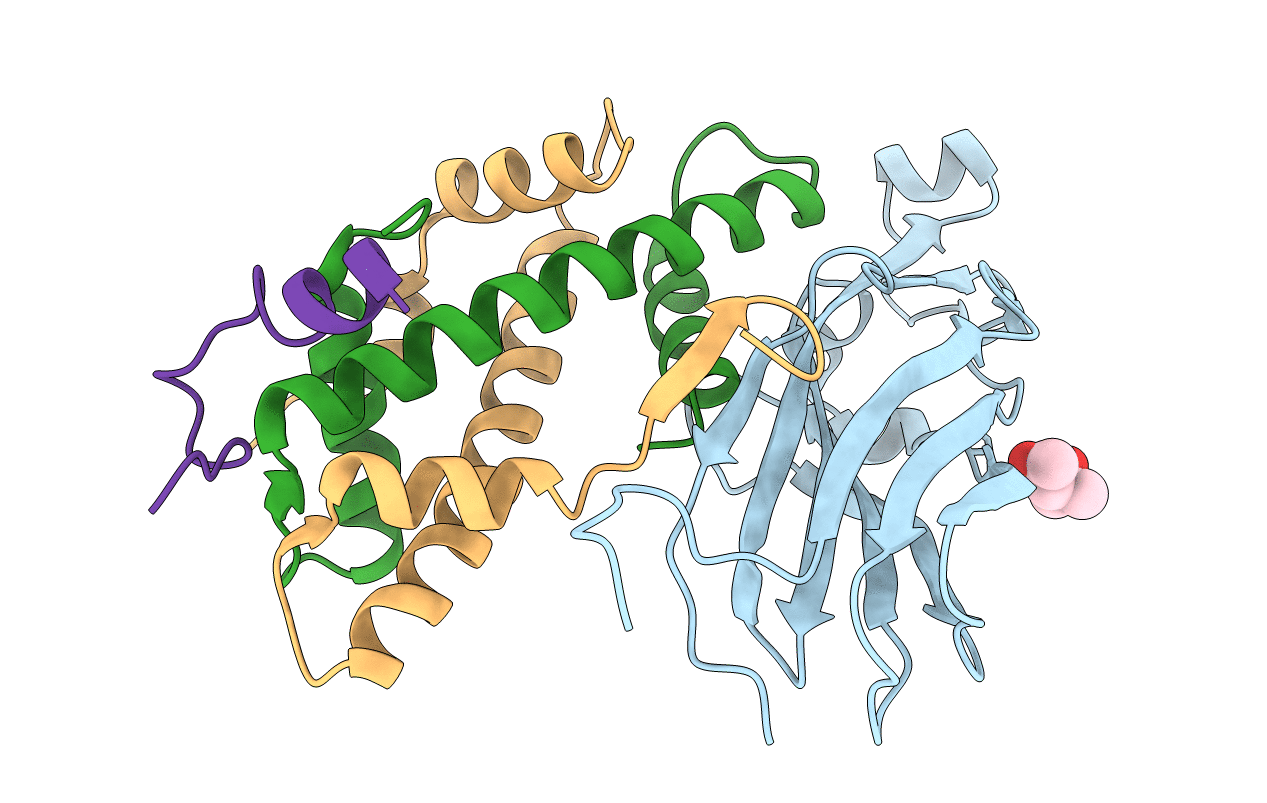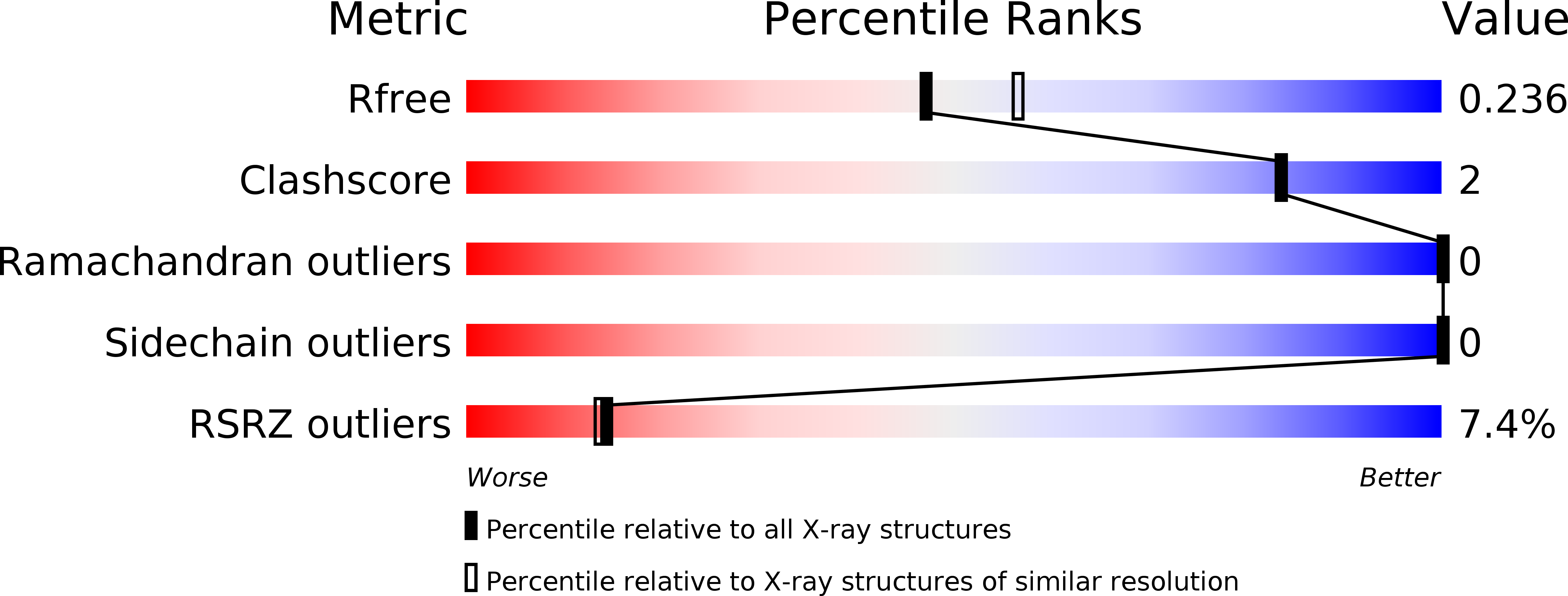
Deposition Date
2015-04-14
Release Date
2015-07-15
Last Version Date
2024-10-30
Entry Detail
Biological Source:
Source Organism:
Saccharomyces cerevisiae (strain ATCC 204508 / S288c) (Taxon ID: 559292)
Xenopus laevis (Taxon ID: 8355)
Homo sapiens (Taxon ID: 9606)
Xenopus laevis (Taxon ID: 8355)
Homo sapiens (Taxon ID: 9606)
Host Organism:
Method Details:
Experimental Method:
Resolution:
2.25 Å
R-Value Free:
0.23
R-Value Work:
0.20
R-Value Observed:
0.20
Space Group:
P 32 2 1


